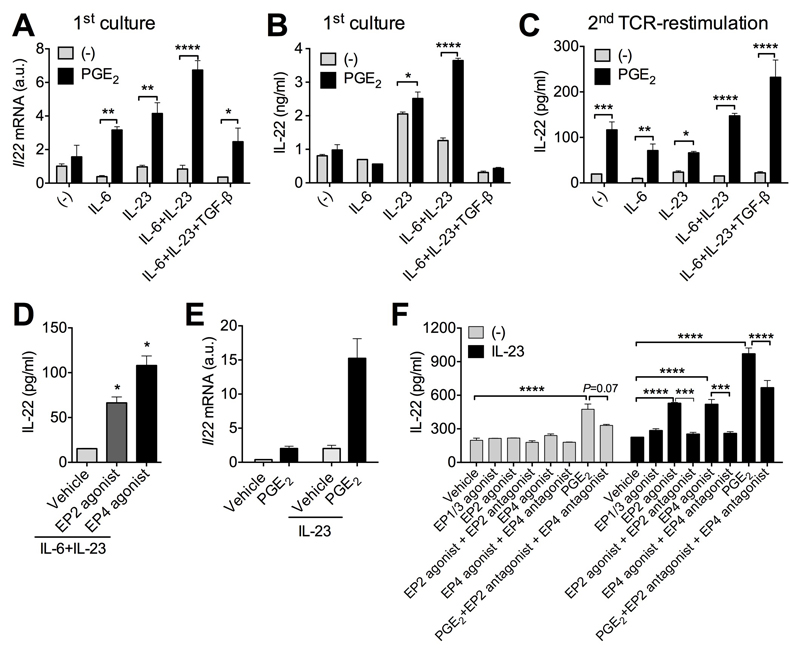Figure 1. PGE2 promotes T cell production of IL-22 through its receptors EP2 and EP4.
A, Il22 mRNA expression in naïve CD4+ T cells stimulated with anti-CD3 and anti-CD28 (anti-CD3/CD28) antibodies (Abs) with indicated cytokines in the absence or presence of PGE2 (100 nM) for 3 days. B, IL-22 levels in supernatants of cultures in A. C. IL-22 levels in supernatants of naïve CD4+ T cells were cultured as in A and then the same numbers of T cells were re-stimulated with anti-CD3/CD28 Abs for another 3 days. D, IL-22 levels in supernatants of naïve CD4+ T cells were stimulated with anti-CD3/CD28 Abs with IL-6+IL-23 with or without an EP2 agonist (butaprost, 1 μM) or EP4 agonist (L-902,688, 1 μM) for 3 days and then the same numbers of T cells were re-stimulated with anti-CD3/CD28 Abs for another 3 days. E, IL-22 levels in supernatants from Th17 cells re-stimulated with anti-CD3/CD28 Abs without or with IL-23 and various small molecule compounds activating or inhibiting PGE2 receptors for 3 days. F, Il22 mRNA of re-stimulated Th17 cells with PGE2 and/or IL-23 for 3 days. EP1/3 agonist 17-phenyl trinor PGE2 was used at 1 μM while EP2 antagonist PF-04418948 and EP4 antagonist L-161,982 were used at 10 μM. All experiments were performed in duplicates or triplicates and repeated for 2-3 times independently. *P<0.05, **P<0.01, ***P<0.001 and ****P<0.0001.

